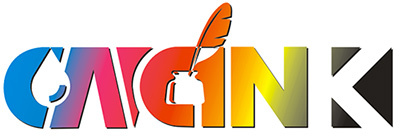Printing's Green Evolution: Next-Generation Inks -- CNCINK
Release time:
2025-05-16
Addressing the printing industry's growing concerns about environmental impact and carbon emissions, CNCINK highlights how advancements in ink technology are driving a sustainable future. It explores the rise of eco-friendly inks like water-based, LED-UV, and Eco-solvent, discusses the benefits of digital printing and intelligent systems for reducing waste and energy consumption, and touches upon innovations in materials and processes that enhance performance and sustainability. Discover how our range of inks is helping meet regulatory demands and customer expectations for greener printing solutions.
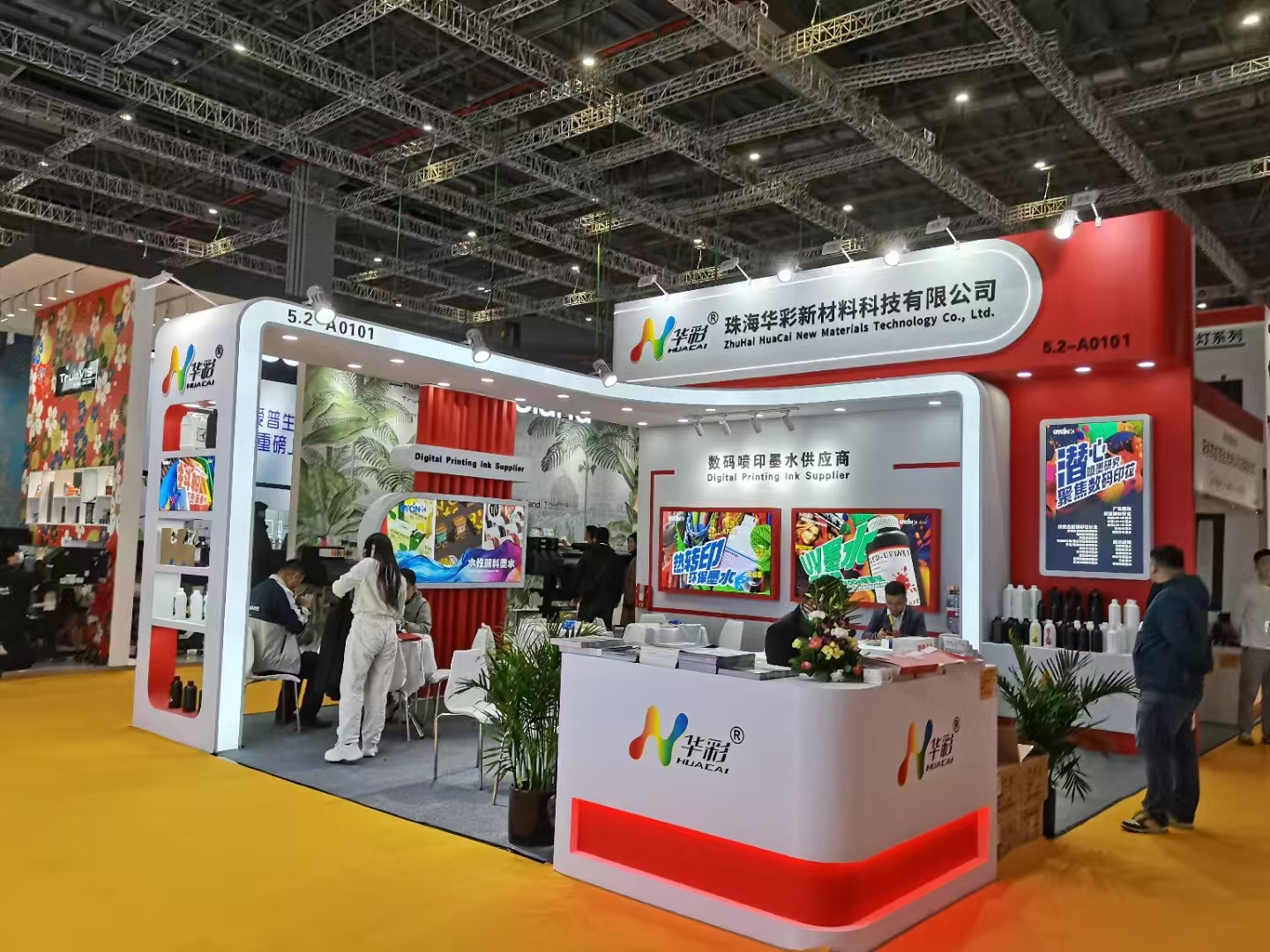
The printing industry is at a pivotal moment, driven by both technological advancements and an urgent need for greater environmental responsibility. Printing equipment manufacturers and distributors are increasingly focused on how new technologies can meet stricter global environmental regulations, reduce carbon footprints, and minimize the use of harmful substances. Concerns around volatile organic compounds (VOCs), energy consumption, and waste generation are shaping the development and adoption of printing solutions worldwide.
As a manufacturer of water-based inks, LED-UV inks, Sub inks, and Eco solvent inks, we CNCINK understand these challenges intimately. We believe that the evolution of ink technology is central to creating a more sustainable printing future. The good news is that significant strides are being made, offering solutions that are not only better for the planet but also enhance printing performance and open up new possibilities.
Let's explore some of the key areas where innovation in ink technology is addressing the industry's environmental concerns and driving progress:
1. The Rise of Eco-Friendly Ink Technology
The demand for inks with lower environmental impact is accelerating. This is a direct response to tightening global environmental regulations and a growing conciencia among brands and consumers.
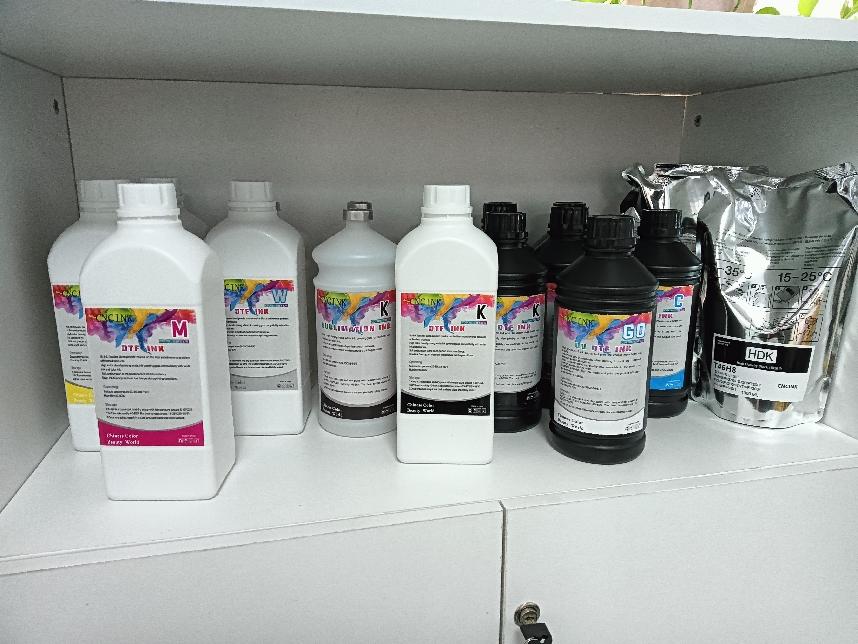
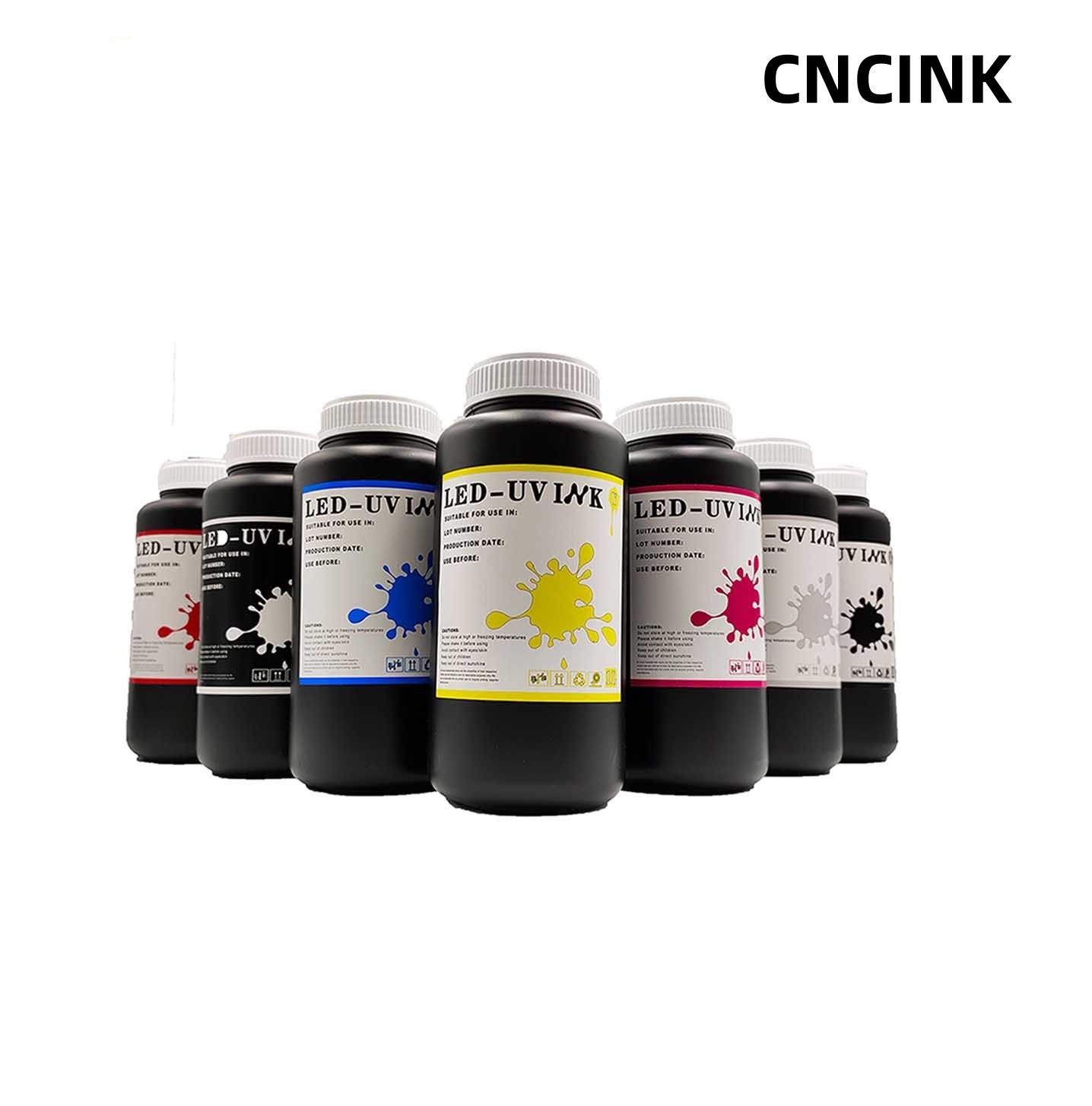
- Low-VOC Solutions: The push for reduced VOC emissions is driving the widespread adoption of ink technologies like UV-LED curing inks. These inks offer significant energy savings (up to 70% compared to traditional UV systems), produce no ozone emissions, and are remarkably versatile, capable of printing on a wide range of substrates including self-adhesive films and corrugated board. Our range of LED-UV inks directly addresses the need for high-performance, energy-efficient, and environmentally conscious printing.
- Reducing Hazardous Solvents: Eco-solvent inks have gained significant traction, particularly in the textile and packaging sectors, by significantly reducing the proportion of harmful solvents compared to traditional solvent-based inks. This results in a much-improved working environment and a lower environmental burden.
- The Promise of Bio-Based and Degradable Inks: Research and development are increasingly focused on bio-based inks, derived from renewable resources like vegetable oils and starches, and on developing fully biodegradable ink formulations. While still evolving, these technologies hold immense potential for a truly circular printing economy. Water-based inks, a core part of our offering, are inherently more environmentally friendly due to their low VOC content and ease of cleanup compared to solvent-based alternatives, making them ideal for a variety of applications including textiles and packaging.
2. Digital Printing and Intelligence Go Hand in Hand with Sustainability
The advancements in digital printing technology, particularly inkjet, are inherently linked to sustainability benefits.
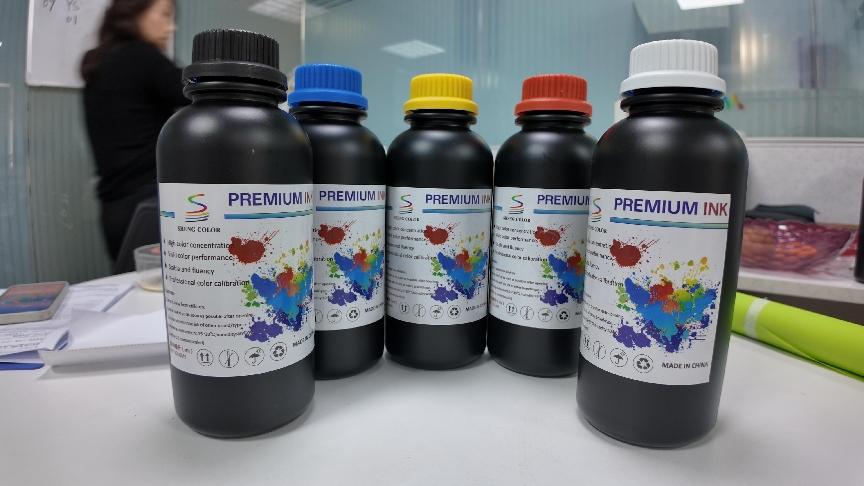
- High-Resolution, High-Speed Inkjet: Wide-format inkjet printing is seeing significant growth in areas like advertising and packaging. The focus on achieving higher resolutions (1200dpi and beyond) and increased speeds (tens of meters per minute) means more efficient use of materials and energy per print. Digital printing allows for shorter runs and print-on-demand capabilities, drastically reducing waste and the need for overproduction.
- UV-LED and 3D Printing Integration: The combination of UV-LED inks with 3D printing technology is opening doors to innovative and sustainable applications. Creating tactile effects like stereoscopic relief and braille signage for luxury packaging and medical fields demonstrates how precise ink deposition can minimize material usage while adding significant value.
- Smart Ink Management: The integration of AI and the Internet of Things (IoT) in printing is leading to more intelligent ink management systems. These systems optimize ink usage, monitor printhead health in real-time, and can predict maintenance needs, minimizing downtime and reducing ink and substrate waste. This level of precision contributes significantly to a more sustainable and cost-effective printing process.
3. Innovation in Materials and Processes for Enhanced Performance
Beyond the ink itself, CNCINK believes that innovation in materials and printing processes is crucial for meeting the demands of modern, sustainable printing.
- Compatibility with New Materials: As new sustainable substrates emerge, such as flexible electronics and biomaterials, inks must evolve to be compatible. The development of flexible UV inks for applications like wearable devices is a prime example of how ink technology is adapting to support next-generation products and materials.
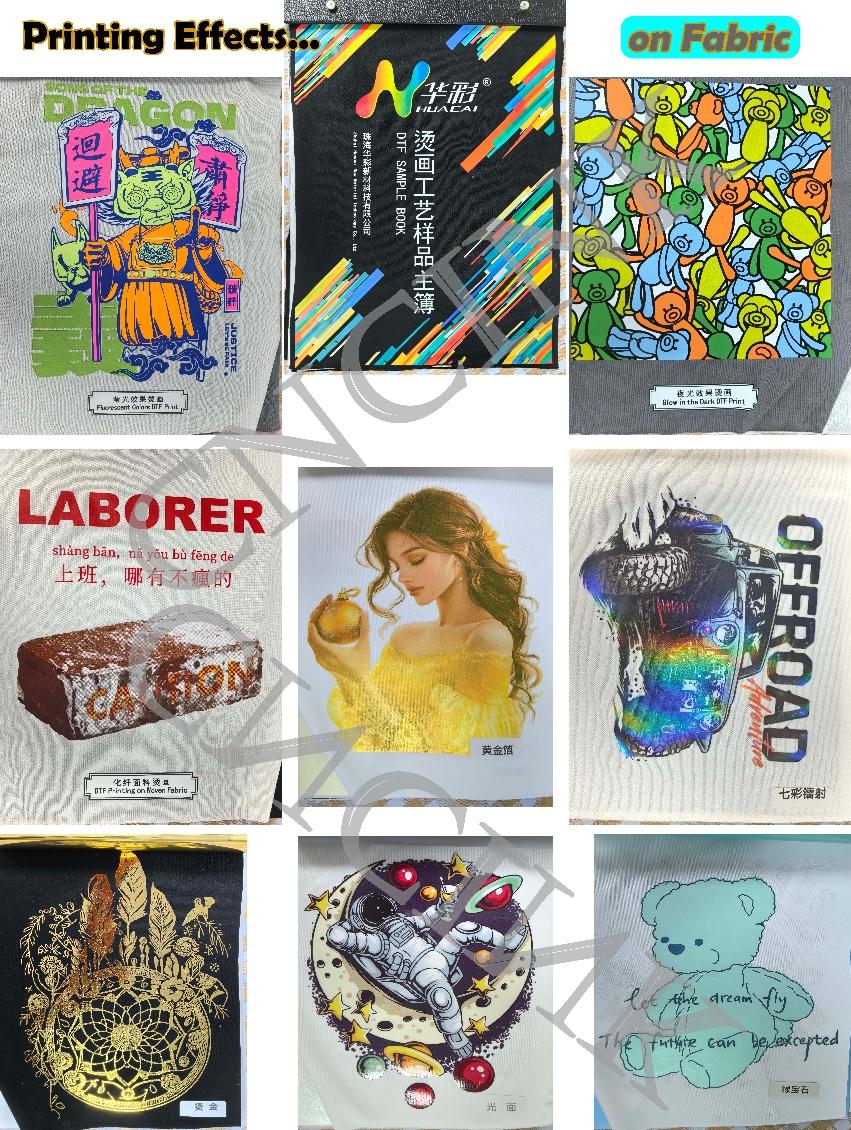
- Enhanced Durability and Longevity: Improving the durability and longevity of printed materials reduces the need for frequent replacements, thus saving resources. Advances in pigment technology, including the use of nanoparticles, are enhancing the lightfastness and weather resistance of inks. CNCINK inks are developed with a focus on performance and durability, ensuring printed products last longer, especially in demanding outdoor applications where UV resistance of over 5 years is now achievable for advertising.
- Preventing Dye Migration: In sublimation printing, a key challenge is preventing dye migration on textiles. Innovative anti-sublimation coatings for transfer paper are being developed to ensure sharper, cleaner images on fabrics, reducing the need for reprinting and improving the quality of the final product. Our Sublimation inks are designed to work effectively with these advancements to deliver vibrant and stable results.
The concerns of printing equipment manufacturers and distributors regarding the environmental impact of printing are valid and are powerful drivers of innovation. At CNCINK, we are committed to being at the forefront of this green evolution. Our portfolio of water-based, LED-UV, Sub, and Eco solvent inks is designed to meet the growing demand for high-performance, environmentally responsible printing solutions. By focusing on reduced VOCs, energy efficiency, material compatibility, and process optimization, we are helping our customers navigate the changing landscape and contribute to a more sustainable future for the printing industry.
Previous:
Recommended news

